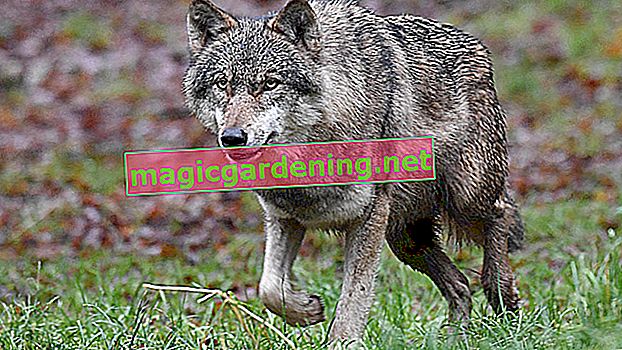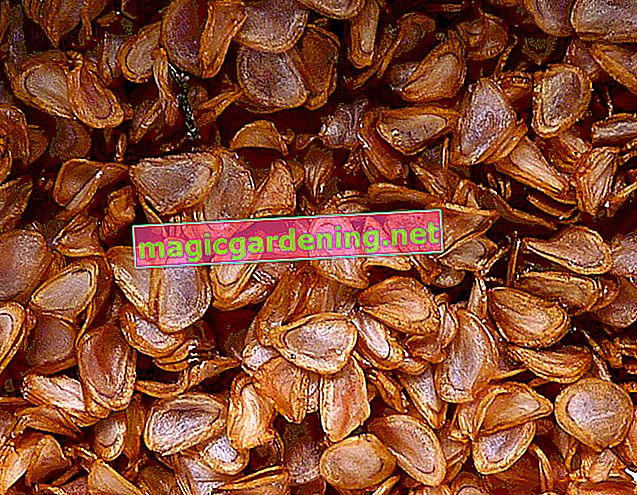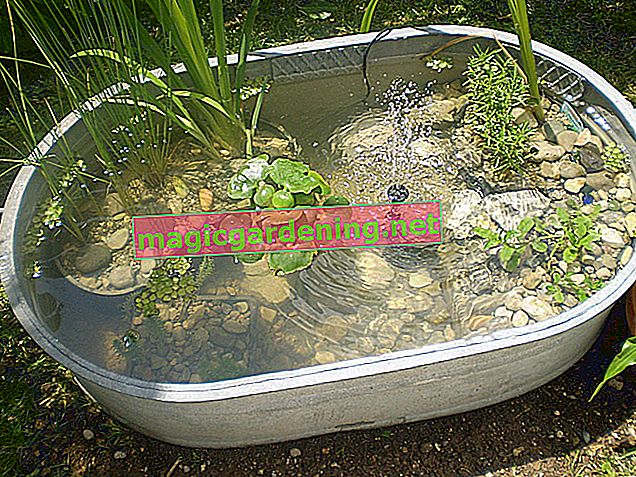
The right soil for magnolias
Magnolias can be real divas: if they are not feeling well, they show it very clearly and simply refuse the desired flowering. In order not to give your magnolia a reason for such fussing, it is best to ensure optimal conditions when planting. In addition to the right location, a humus, slightly acidic soil is essential. Sandy soils are unsuitable for magnolias, while loamy soil should be enriched with plenty of rhododendron soil before planting.
also read
- Magnolia gets brown leaves, what to do?
- Magnolia has yellow leaves, what to do?
- Leaves of the magnolia indicate the health of the plant
Preserve acidic soils
If your magnolia has been in acidic soil for a few years, but is ailing, these two causes in particular come into question: Acid soils usually contain little magnesium, which is also used up after a certain period of time. In this case, fertilize your magnolia with a fertilizer containing magnesium. Make sure, however, that most commercially available ready-made fertilizers contain little or no of this mineral. However, applying an Epsom salt solution can help, although you can also use it preventively. Furthermore, a previously acidic soil can change its pH value unnoticed. In this case, the generous distribution of bog soil in the root area helps.
Ripe compost is sufficient for healthy magnolias
Healthy magnolias are provided with a thick layer of ripe (that is, well-rotted) compost in both spring and autumn. When working in the root area, be careful not to work too deep due to the shallow roots. The autumn compost should help your magnolia tree to survive the winter more easily. Further fertilization (e.g. with ready-made or liquid fertilizers) is not necessary for magnolias planted in the garden. Pot magnolias, on the other hand, need regular fertilization about every two weeks with a good liquid fertilizer. A rhododendron or bog bed fertilizer is also optimal here.
Recognize and counteract deficiency symptoms
In the following overview, you can assign the abnormalities noticed on your magnolia tree to the corresponding deficiency symptoms at a glance and act correctly. You are not doing anything wrong, however, if you supply your ailing magnolia with rhododendron or bog fertilizer. This has been specially developed for the needs of plants growing on acidic soils.
| abnormalities | What is missing? | Countermeasures |
|---|---|---|
| Leaves turn light green | nitrogen | Fertilization with nitrogenous fertilizers (e.g. yellow grain) |
| Leaves turn yellow-green | magnesium | Fertilization with Epsom salt solution |
| Leaves develop necrosis between leaf blades (i.e., brown or black spots) | magnesium | Fertilization with Epsom salt solution |
| Leaves turn brown from the edge of the leaf | potassium | Fertilization with Thomaskali |
| Leaves turn yellow | potassium | Fertilization with Thomaskali |
| Leaves turn blue-gray | phosphorus | Fertilization with Thomaskali |
| Leaves turn yellow | iron | Fertilization with iron fertilizer |
| Pale leaves with strong green veins | iron | Fertilization with iron fertilizer |
Tips & Tricks
Magnolias do not have a particularly high need for nutrients and are therefore at risk from possible over-fertilization. It is better to pay close attention to the leaf color and the flowering behavior of your magnolia tree, then you can quickly compensate for any existing nutrient requirements.








